Plate Processing Company
Everything You Need to Know About Flame Cutting in Houston
Everything You Need to Know About Flame Cutting in Houston
A flame may be used to cut through steel, but it must be a somewhat hotter flame than that used to toast marshmallows. Flame cutting is sometimes referred to as oxy-fuel cutting or oxy acetylene cutters and torches. As with many of these technologies, flame cutting may be modified to become a type of welding that can either fuse or shatter metal. To know how the process of flame cutting in Houston works, keep on reading.

What Is Flame Cutting?
It is a thermal cutting method for separating and shaping steel components. Flame cutting melts material by creating a flame using oxygen and a fuel source.
The technique known as flame cutting, where flame cut steel plate in Houston, is also known by other names, including oxyacetylene cutting, oxyfuel gas cutting, oxygen burning, steel burning, and too numerous others to list. The technique is now around 111-112 years old, having been patented by Thomas Fletcher in 1901. One of the first commercial uses was what the British called "unauthorized bank entry," sometimes known as "safe cracking."
What Is the Process of Flame Cutting in Houston?
The procedure is a Thermo-Chemical procedure that requires a source of extreme heat known as "preheat" and pure oxygen. The minimum purity required for pure oxygen is 99.5%, which is the minimum purity commonly delivered in cylinders and bulk systems. A 1% loss in purity reduces cutting speed by around 10%, demonstrating the importance of purity.
The method may be used to cut/sever many different materials, with the main requirement that the oxide generated has a lower melting point than the substance being cut. Aluminum is an excellent example of a material that cannot be cut since its melting point is in the region of 1,200-1,300 °F, yet its oxide is in the range of 5,000+ °F. Stainless steel has additions such as chromium and nickel for "oxidation resistance," and this is the process (oxidation) that one is attempting to encourage, i.e., this sort of material cannot be cut without aid.
What Thickness of Steel Can Be Cut by Flame Cutting in Houston?
The flame cutting in Houston can cut sheet metal thicknesses up to 14-1/2 inches. Prior to the introduction of plasma in 1958, all thicknesses were flame cut. Metal thinner than 3/8-1/2 is normally cut exclusively by plasma or laser, as thin materials are difficult to flame cut. Due to the high cutting speed required for a high-quality cut, thin material requires an extremely thorough warmup that involves a high-temperature, high-velocity preheat.
The procedure is the same for all thicknesses: the material must be "preheated" to a temperature of 1,600-1,800 °F, then pure oxygen is released into the preheated region, and the steel is oxidized or burned, thus the word "burning." (The term "burner" is frequently used to refer to the operator.) With a sharp top edge, a square/flat cut surface, and a sharp, slag-free lower edge, the quality of the final cut surface can be pretty good.
If you want to keep things simple, we refer to flame cut steel in Houston because it is a fairly accurate portrayal of the procedure. The process is often far more interesting than the name of the technique implies.
Contact Apache Steel Works for any flame and HD plasma cutting.


